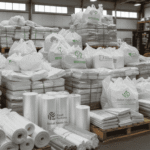
A Comprehensive Guide to Seed Packaging Methods
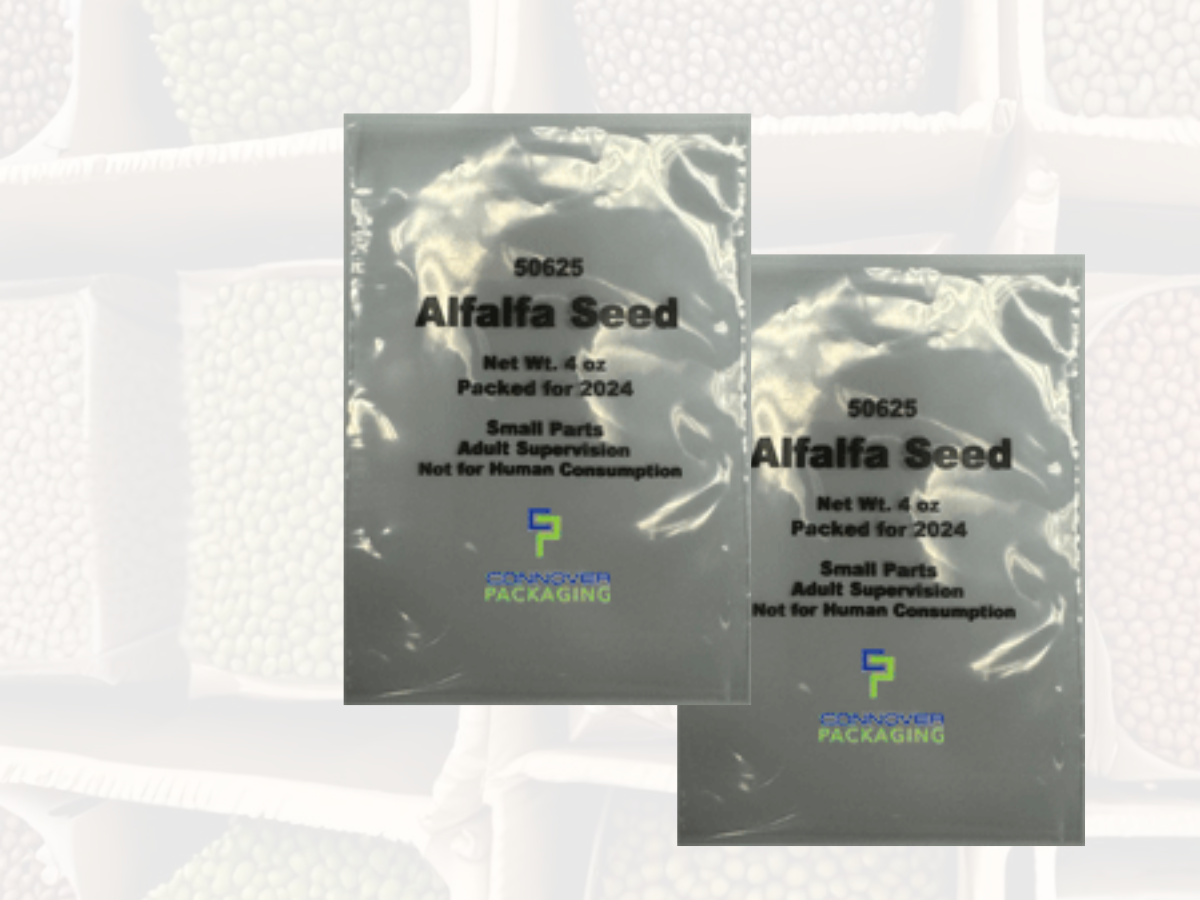
Seed packaging is an essential aspect of gardening and agriculture, ensuring that seeds remain viable and healthy until they are ready to be planted. It protects the seeds from light, moisture, and physical damage.
In this guide, we will walk through various seed packaging methods as well as packaging options and sustainable alternatives to help you make informed decisions.
What is a Seed Package?
A seed package holds and protects seeds from moisture, light, and physical damage.
These packages are commonly made from materials such as paper envelopes or plastic bags, which provide the necessary protection to maintain seed viability and quality.
Importance of Proper Seed Packaging
Proper seed packaging is crucial for several reasons:
Maintains Seed Viability:
By protecting seeds from moisture, light, and physical damage, packaging helps maintain their viability, ensuring they can successfully germinate when planted.
Accurate Labeling:
Seed packages allow for clear labeling, making it easy to identify seed types, planting instructions, and other important information.
Efficient Storage and Transportation:
Well-packaged seeds are easier to store and transport, reducing the risk of damage and loss.
Contributes to Successful Germination:
By preserving seed quality, proper packaging helps ensure successful germination and healthy plant growth.
Paper Envelopes
Paper envelopes are a traditional and widely used method for seed packaging. They offer several advantages:
Breathability:
With paper envelopes, it becomes easy for seeds to breathe, minimizing the risk of mold and mildew.
Easy Labeling:
The surface of paper envelopes is easy to write on, making it simple to label seed types and planting instructions.
Eco-Friendly:
Paper is a biodegradable material, making it an environmentally friendly option.
However, paper envelopes are not as moisture-resistant as other packaging methods, so they may not be suitable for long-term storage in humid conditions. Despite this limitation, paper envelopes remain a popular choice for many gardeners due to their simplicity and eco-friendliness.
Plastic Bags
Plastic bags are another popular seed packaging solution. They offer several benefits:
Durability:
Plastic bags are more durable than paper envelopes, providing better protection against physical damage.
Moisture Resistance:
Plastic is highly effective at keeping moisture out, extending the shelf life of seeds.
Visibility:
Clear plastic bags allow you to see the seeds inside, making it easy to identify them without opening the package.
Despite these advantages, plastic bags are not as breathable as paper envelopes, which can sometimes lead to moisture buildup inside the bag. Additionally, plastic is not biodegradable, raising environmental concerns. Nevertheless, plastic bags are an excellent choice for those needing a durable and moisture-resistant packaging option.
Seed Packets
Seed packets are pre-measured, sealed units typically crafted from paper or foil.
They are convenient for small-scale gardening and commercial distribution. Seed packets offer several benefits:
Convenience:
Pre-measured packets are easy to use, making planting straightforward.
Protection:
Sealed packets protect seeds from moisture, light, and physical damage.
Professional Appearance:
Seed packets often have a professional appearance, with detailed labeling and attractive designs.
Seed packets can be made from various materials, including paper and foil, which provide different levels of protection and environmental impact. Their convenience and professional look make them a popular choice for both amateur and commercial gardeners.
Custom Seed Packaging
Custom seed packaging allows businesses and individuals to create packaging that meets their specific needs. Whether you are a small-scale gardener or a commercial seed distributor, custom seed packaging solutions can offer several advantages:
Branding:
Custom packaging can feature your brand’s logo and design, helping to build brand recognition.
Specific Requirements:
Tailor the packaging to meet specific storage, transportation, and protection requirements.
Unique Designs:
Stand out from competitors with unique and eye-catching packaging designs.
Custom seed packaging can be created using various materials, including paper, plastic, and foil, depending on your needs and preferences. This flexibility enables you to design packaging that not only fulfills functional needs but also boosts your brand’s visibility.
Sustainable Seed Packaging Options
As environmental awareness grows, many people are seeking sustainable seed packaging options. Biodegradable seed packaging materials are an excellent choice for those looking to reduce their environmental impact. Here are some sustainable seed packaging options:
Seed Paper Envelopes
Seed paper envelopes are made from paper embedded with seeds. Once the seeds inside the envelope are used, the envelope itself can be planted, reducing waste and promoting sustainability.
Made from biodegradable materials and embedded with seeds, promoting a circular economy.
Often available in various colors and textures, adding an attractive touch to your packaging.
Biodegradable Plastic Bags
Biodegradable plastic bags are made from materials that break down more quickly than traditional plastics. These bags provide the same durability and moisture resistance as conventional plastic bags but with a reduced environmental impact. They are a great option for those who need the benefits of plastic packaging without the long-term environmental drawbacks.
Recyclable Seed Packets
Recyclable seed packets are made from materials that can be recycled after use. Paper and certain types of foil can be recycled, making them more sustainable options for seed packaging. Ensure that the materials used in the packets are clearly labeled as recyclable to facilitate proper disposal and recycling.
Choosing the Right Seed Packaging Method
When selecting the right seed packaging method for your needs, consider the following factors:
Type of Seeds:
Different seeds may have specific storage requirements. Consider the type of seeds you are packaging and choose a method that provides the necessary protection.
Storage Conditions:
Consider the storage conditions where the seeds will be kept. If you live in a humid climate, moisture-resistant packaging like plastic bags may be more suitable.
Environmental Impact:
If sustainability is important to you, opt for biodegradable seed packaging materials or recyclable options.
Quantity:
For large quantities of seeds, durable and moisture-resistant packaging may be more important, while small-scale gardeners might prioritize convenience and ease of use.
Budget:
Custom seed packaging and sustainable options can sometimes be more expensive. Consider your budget and choose the best packaging method that meets your needs within your financial constraints.
Conclusion
Proper seed packaging is important when it comes to protecting seeds from environmental factors as well as handling. Moreover, it ensures accurate labeling and storage.
Custom seed packaging solutions and sustainable seed packaging options offer additional benefits, allowing you to tailor your packaging to your specific requirements while minimizing environmental impact.
By carefully selecting the right seed packaging method, you can contribute to successful germination and healthy plant growth.
Choose the packaging method that best suits your needs, and enjoy the benefits of well-preserved seeds that lead to a thriving garden or successful agricultural venture.
Share:
Get A Quick Quote
Social Media
Most Popular

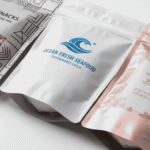
Top Ways Custom Packaging Builds Stronger Customer Loyalty
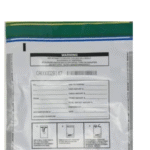
Everything You Need to Know Tamper-Evident Bank Bags
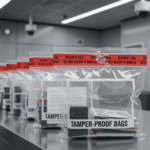
Ensuring Evidence Integrity: Importance of Tamper-Proof Bags
Categories
Tags
Related Posts
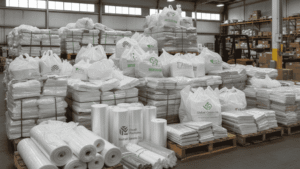
Wholesale Plastic Bags: The Cost-Effective Choice for Every Business
Every business, big or small, relies on packaging to operate smoothly. From retail stores and grocery shops to warehouses and online sellers, packaging plays a
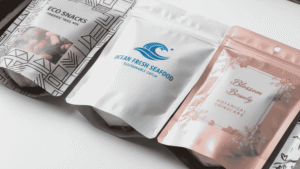
Top Ways Custom Packaging Builds Stronger Customer Loyalty
Brands today compete for attention in every possible way, but one area many still overlook is packaging. The moment a customer receives an order and
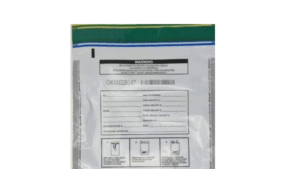
Everything You Need to Know Tamper-Evident Bank Bags
You cannot afford to take security lightly when it comes to handling money. From the moment cash is collected, picked up by the authorized person,
